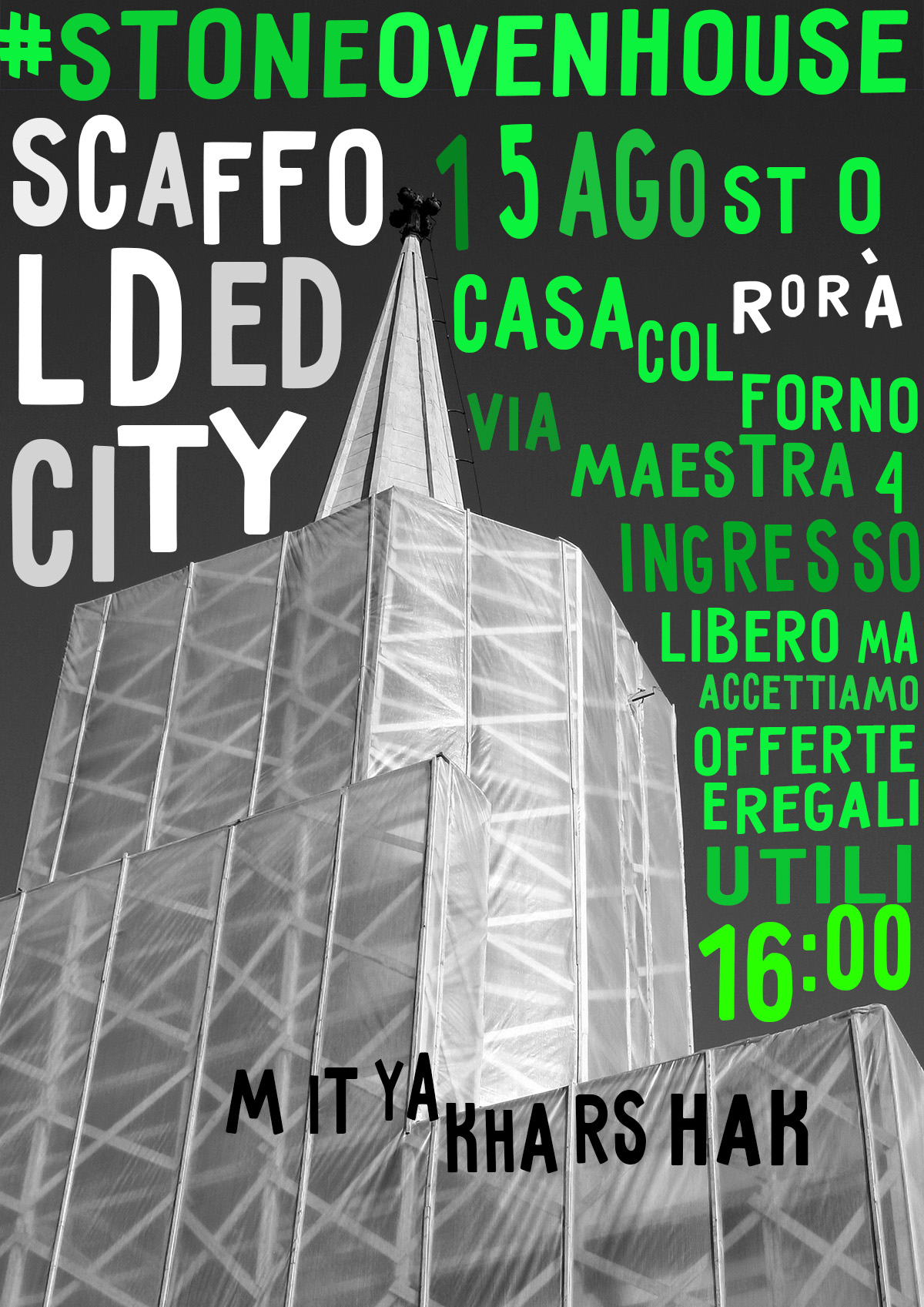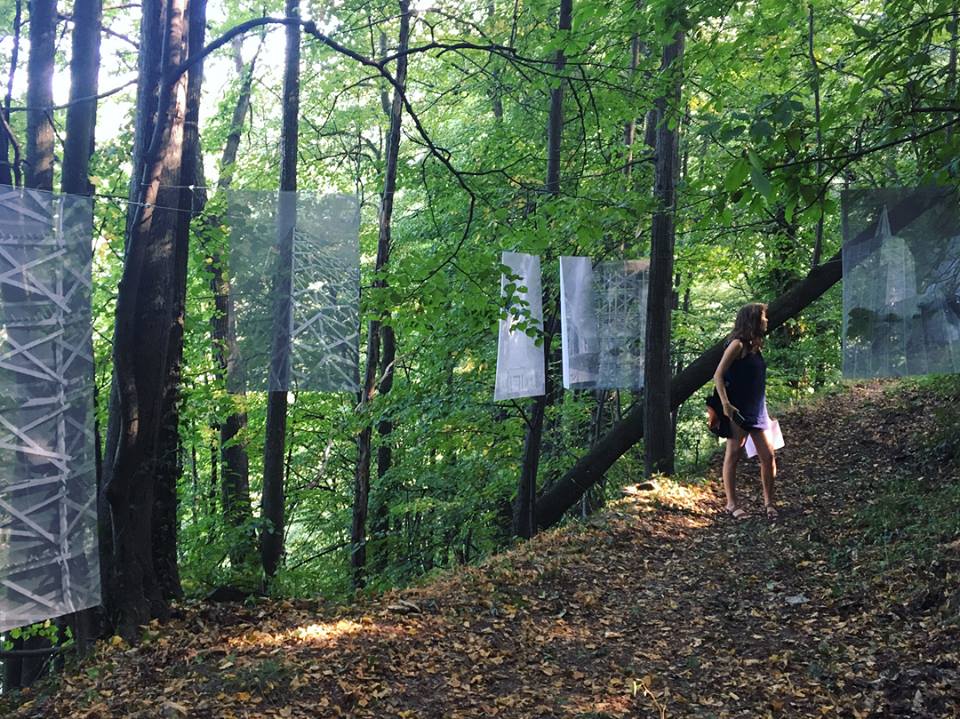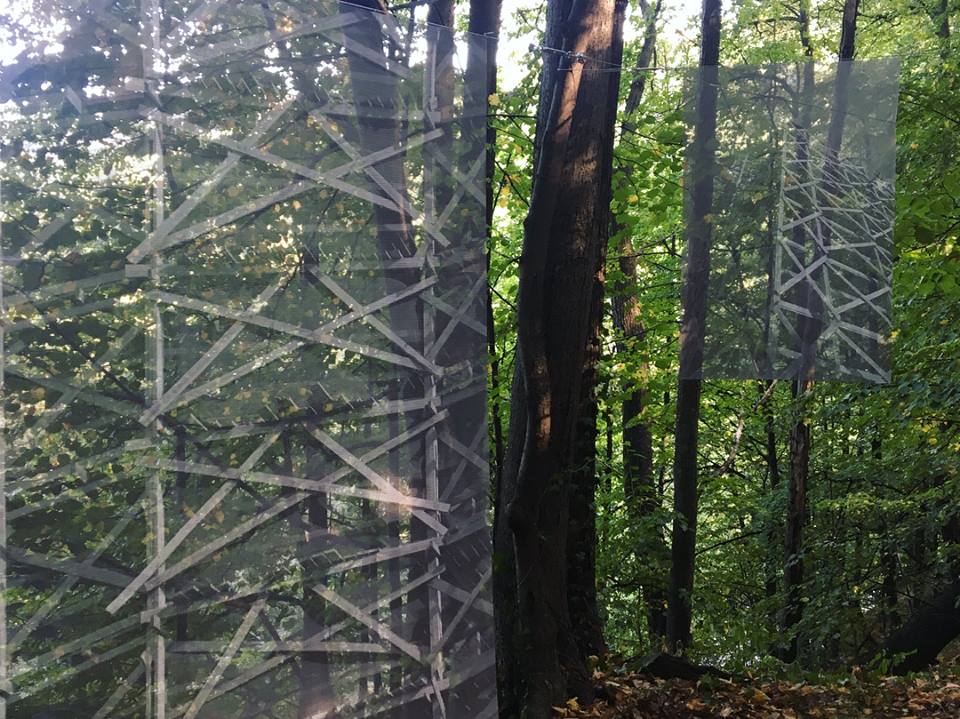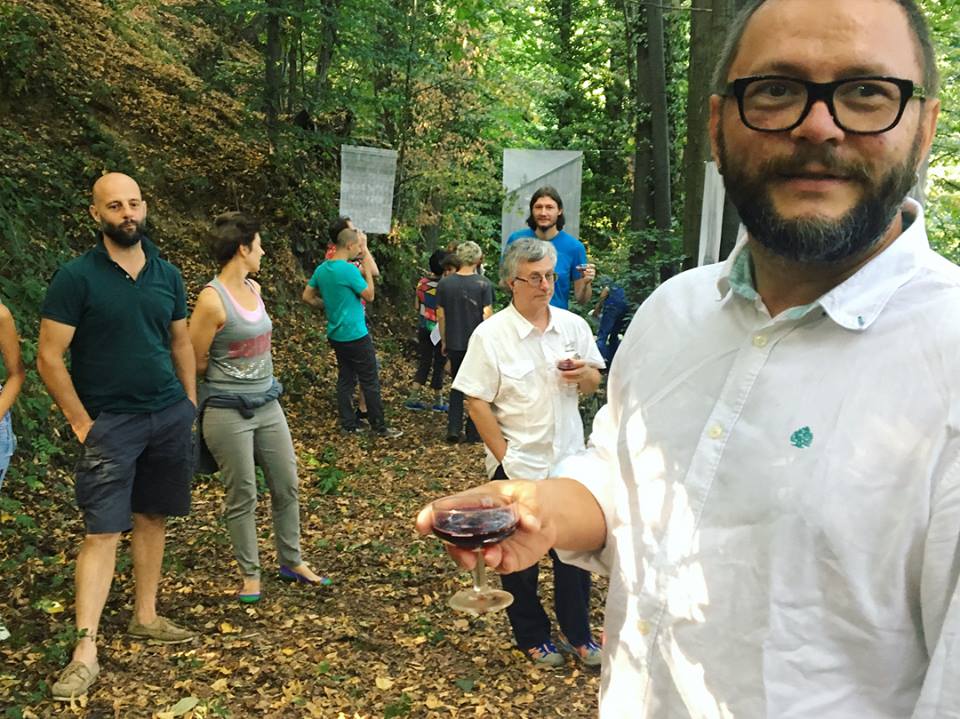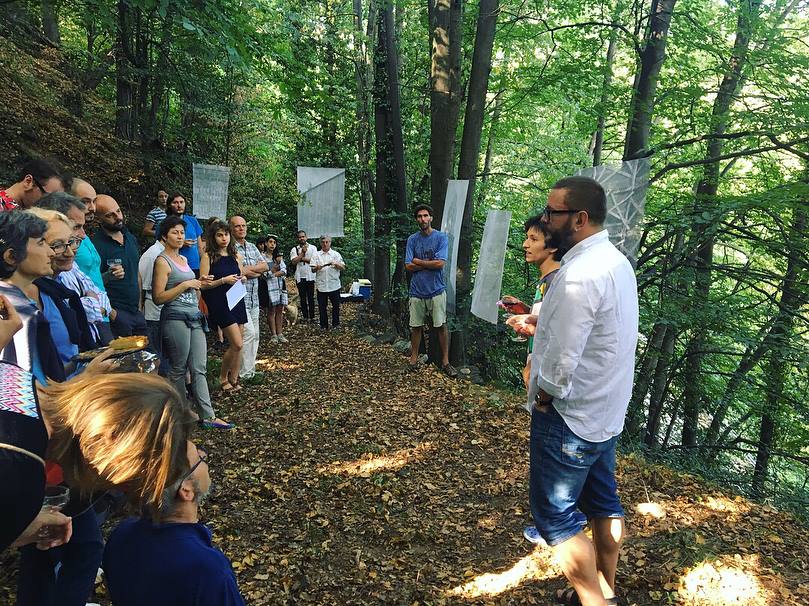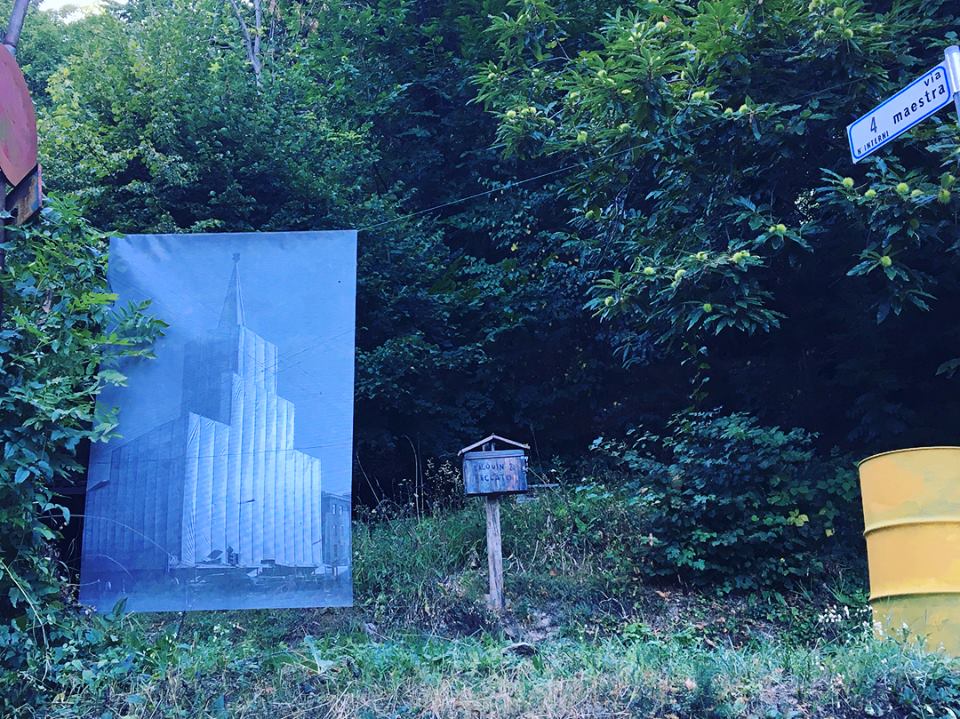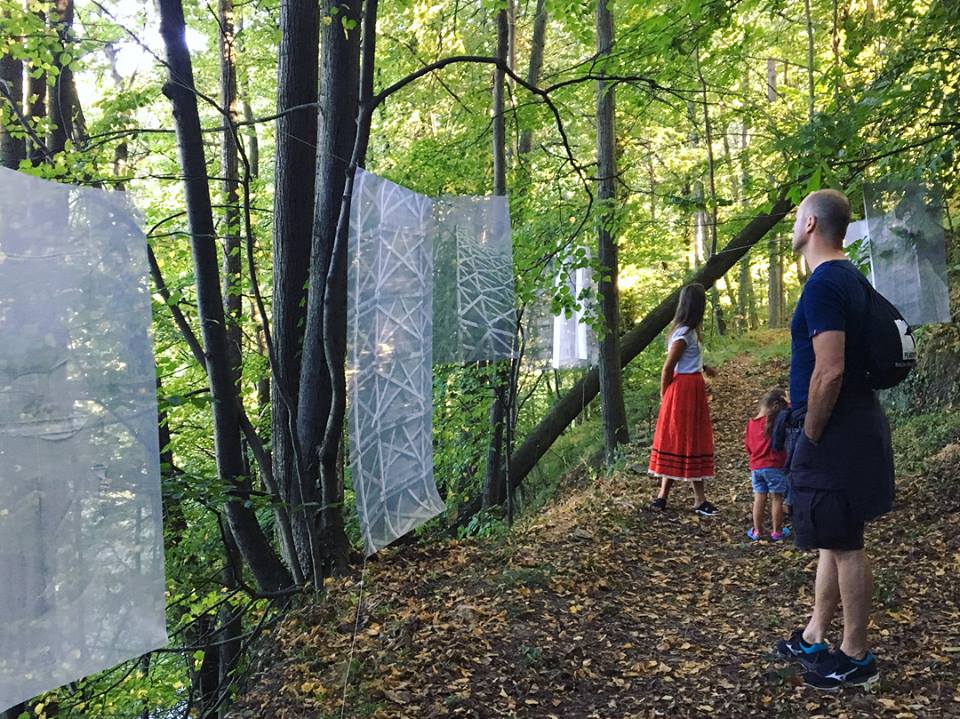
Ti invitiamo a passare il Ferragosto con noi al fresco del bosco della Casa col Forno, dove Mitya Kharshak rappresenta il suo progetto fotografico "Scaffolded City". Una serie fotografica di palazzi di San Pietroburgo in ristrutturazione, impacchettati in strutture arcaiche di pali in legno, non in metallo, a cui siamo soliti. Così l'artista documenta il cambio urbano di una città animata di classicismo e barocco in una realtà piena di un arrogante costruttivismo. Molte di queste fotografie sono già l'evidenza storica dell'ambiente cittadino dei primi anni del ventunesimo secolo.
Mitya Kharshak è designer, editore e caporedattore di "Projector", rivista di design e arti visuali.
----------------------------------------------
Mitya Kharshak — author (designer, publisher and editor-in-chief of the “Projector” design and visual arts magazine):
I started taking pictures of the scaffolded city in 2002, when St.Petersburg was actively getting ready for the celebration of its 300th anniversary. At the pre-holiday time, even the objects of the second and third tiers were being smartly polished, say nothing of the primary ones. St. Peter and Paul’s Cathedral, Alexander Column, St. Isaac's Cathedral, the Stock Exchange, the Kunstkammer and the House of Singer were all covered in scaffolding. I really felt sorry for poor tourists who’d come to admire the postcard views of St.Petersburg and found themselves, instead, on a huge construction site. Puzzled, they were looking around, searching for any decent building to take pictures against the background of. This was in vain — the scaffolding had covered everything! For me, a local historian, this period of restoration was an unexpected and valuable gift. The urban environment had changed — familiar classicistic and baroque Petersburg suddenly got the voice of a young and in a good way arrogant constructivism. All most valuable architectural monuments of St. Petersburg were decorated with archaic wooden, but not modern metal scaffolding. These constructions have incredible design beauty, being exceptionally functional objects. I guess a clock mechanism or, for example, a tank have similar attraction — clean function and no embellishment. Significant is seen from a distance, and if you imagine you’re flying over the city at the level of a bird's eye view, the scaffolding of the urban environment turns into a large-scale artistic and architectural happening. For a while it concealed the beauty of the XVIII and XIX centuries, giving off a manifesto of a new architecture. I consider my photographic series a matter of real luck for a local historian. Many of these pictures have already become historical evidence of the urban environment of the early XXI century.
Alexander Borovsky (head of the department of the Contemporary art of the State Russian Museum) about “Scaffolded City”:
I’ve known Mitya Kharshak for many years. Today he is a respectable person, the editor-in-chief, founder and publisher of a highly professional magazine “Projector”. But this is not the main thing. Mitya has grown up into an interesting and rare in color artistic specimen, hardly ever found in our forests. We have a legion of graphic designers (no, I’m too enthusiastic, professionals are in great demand); and enough photographers — shooting ones or just working with photo-media. However, Mitya since his young ages has found something unifying all the visual professions he has. I would call this an ecological approach. Mitya is a highest-class designer. Such people usually have a kind of ambition: everything not designed and visualized by them, is at best ridiculous and amateur, nothing more. Kharshak has chosen another way: while working with what is called High, he is sensitive and humane to Low. Since the times of the magazine “Adresa Peterburga” (“Addresses of Petersburg”), whose origins he has also contributed to, Mitya has been fascinated by endangered species of visuality: the environment of non-professional lettering, substandard typography, and all quiet, non-state, private visual signals the city emits in general. Those ones which could be picked up and, as philosophers say , valorized only by sensitive and kind professionals. Kharshak has been shooting the scaffolded city since 2002. The scaffolding is a sign of a normal desire to somehow re-format the urban text towards the right order, or, as we often do, embellishment. Meanwhile, all these scaffoldings and structures in combination with the original stable culture messages given by serious architecture, are also a very interesting text for sure. For Christo, this text is a sign of self-affirmation; Kharshak, as I have already mentioned, is an artist of an ecological type: he’d rather listen, look closely, try to save something disappearing and representing what is getting lost in the chaos of great transcoding. The niche is so rare that I'm sure the works by Kharshak will be demanded so eagerly as he now is hunting for the rarities of the vanishing visual environment..
Yuri Molodkovets (photographer for the State Hermitage. Runs the official instagram of the Hermitage) about «Scaffolded City».
The subject of scaffolding with polyethylene inclusions is a rewarding thing for a photographer, especially in St.Petersburg. The material itself contains the gene of the birth of St.Petersburg. Looking at these photos, you understand not only have they got a three-hundred-year history, but also, I hope, a much longer-lasting future.
The subject of Kharshak's works links the art of photography with design. Permanent restoration leads to the fact that a person with a camera can endlessly expose ideal compositions, amazing perspectives, work with chiaroscuro on the same spot during the entire course of restoration work. These pictures are close with a sophisticated spectator due to their inner idea which corresponds to the very concept of “design” — to create a new shape based on the cultural heritage of the past.
When such “wrapped” objects appear in the environment of classical Petersburg, an attentive spectator and patriot of their native city are always excited. They know this skyscraper of planks and polyethylene is a temporary phenomenon, and in the end we will see the real content of the package. These photos convey one of the main features of the art of photography — they are documentary. For example, the photo of the dome of the Holy Trinity Cathedral is already a history.
Mitya Kharshak actively participates in the art life of St. Petersburg contributing to various fields of visual art. This story convinces me that the “turning point” in photography is the merge of a clear outlook and an accurate and intelligent idea.
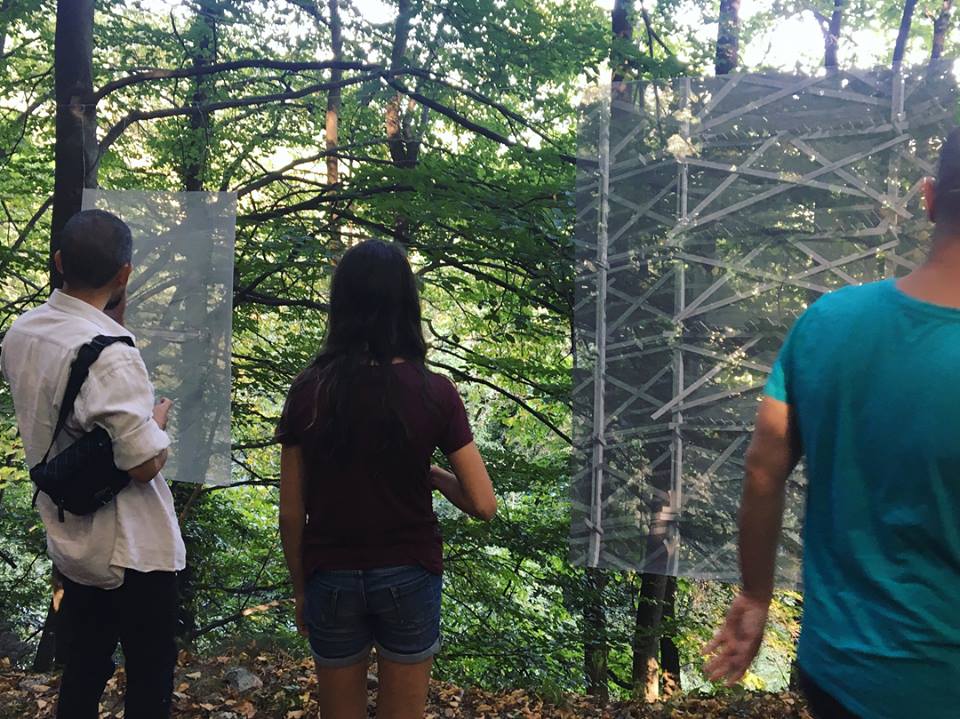
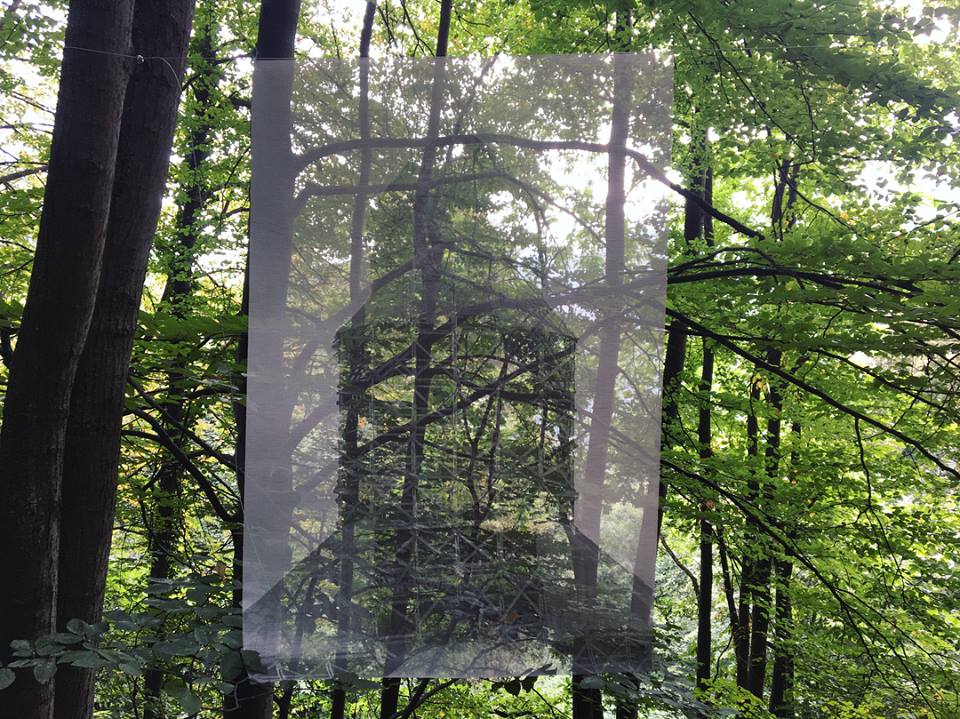
- benvenuti
- programma
- 2023
- Gianni Denitto. Saxofono ed elettronica dal vivo
- Monica Perosino presenta il suo libro “La neve di Mariupol”
- Est. Fotografie di Alessandro Treggiari
- Katya Kabalina. Oggetti sensibili
- Balovin and Beccato. In Kind Exchange
- Zoya Pilipenko. Puzzles. Open studio
- Lev Nikitin. Senso di Fame. Performance interattiva
- “Il trauma del testimone” Proiezione del film e incontro con la regista Taya Zubova
- Transmorphing. Balovin&Beccato
- Religione/Politico. Mostra collettiva di artisti in residenza
- 2022
- Ceramografica. Dragoljub David Stankovikj
- Conversazione sulla guerra in Ucraina e testimonianze di resistenza.
- Incontro con i testimoni diretti della guerra in Ucraina
- Kharkiv 2022. Kirill Gonchar. Cronache fotografiche di una città distrutta
- Matteo Tambussi. Concerto a sostegno dell’Ucraina
- A Pisa. Ucraina e Russia. L’arte per la libertà
- Open Studios. Italian, Ukrainian and Russian artists
- Gianni Pavan: Suoni e silenzi della natura
- Lorenzo Gnata: Sulla Rotta
- Cristina Arnona: Conversazioni con alberi, animali e cuore umano
- Daniil Shumikhin. Venti venti due
- Blu Polokkio
- 2021
- 2020
- Tarik Hanif. Florilegium
- Malacosa Teatro. Atipiche Variazioni Cantate.
- Weaverbirds Collective. Aurora
- Jolin Lab. Stellaria
- Vanja Vukovic. Exclusive Clouds
- Studi aperti con artisti giovanni: Laura Tolen, Jacqueline Hoefnagels, Molly Johnson, Nell Mitchell.
- Alessandro Sciaraffa, Daniele Galliano. «Stars and Flowers»
- Alexey Mironov. Bon Voyage
- La Pushkin
- 2019
- Anastasia Sukhareva-Morozova. Utitled
- Sergei Prokofiev. Place
- Lev Nikitin. Scotoma
- Matteo Tambussi. Live
- Beppe Giampà. Live
- Adrian Geller. I was pretty lucky
- Valdo Morel. Flash
- 20 Strings. Live
- Da Ladno! Folk della Russia
- Cynthia Fusillo. I Have All I Need
- Marta Zapparoli. Acoustic Sketch Portraits
- Erik Schou. Non Ci Sono Lucciole Senza Buio
- Ilaria Allegri. Live
- RednakS
- Stefano Fiori & Giuliano De Marco. Live blues
- Fertilità. Cartoni mai visti
- Simon Lambrey. Being humans
- Maximiliano Siñani. Apaccieta n. 2
- Marina Skepner. Le mie corte radici
- 2018
- Sonic Picnic
- Die Dschunkel
- Iris Jans. Veranderen. Verschuiven
- The Trivettes Bluegrass Night
- Einar Breistrand Gerrard con Vovka Kozhekin
- Domestico — Selvatico
- Mitya Kharshak: Scaffolded City
- La Città delle Vedove di ClaudIo Celentano
- Jam con Dingo
- Con/Certo Senza Biglietto
- Harry Jones–Martin. Semiotica in Movimento: Linguaggio nell’Era Digitale
- Natalya Zaloznaya. Modello di fuga mancata
- Bread and Jam
- Julia Belova: Mellow Yellow Swallows Bellow
- Makepop!
- Cartoni mai visti: Ivan Maximov, Leonid Shmellkhov e gli altri
- Camminare con Nicol Guerra
- Dragoljub David Stankovikj: Molitva
- Da Ladno!
- VEA
- Fabrizio Joel Urbisaglia e Ivan Canello
- 2017
- Dragoljub David Stankovikj
- Maiaxxx
- I grilli sotto l'acqua
- Cartoni mai visti
- Import/Export
- Forno filosofico
- Gingi Statman: Mattoni Matti
- Introduzione alla meditazione
- Kombu Project
- Beppe Giampà
- Jam con Josephina Schiller
- Orphic Wind Van
- Con/certo senza biglietto
- Cielito Lindo Party
- In Kind Exchange
- Olga Nikonova
- Stelle dell'animazione russa
- 2023
- casa col forno
- residenza d'arte
- contesto
- sostieni
- contatti
- FAQ
- RU
- EN
